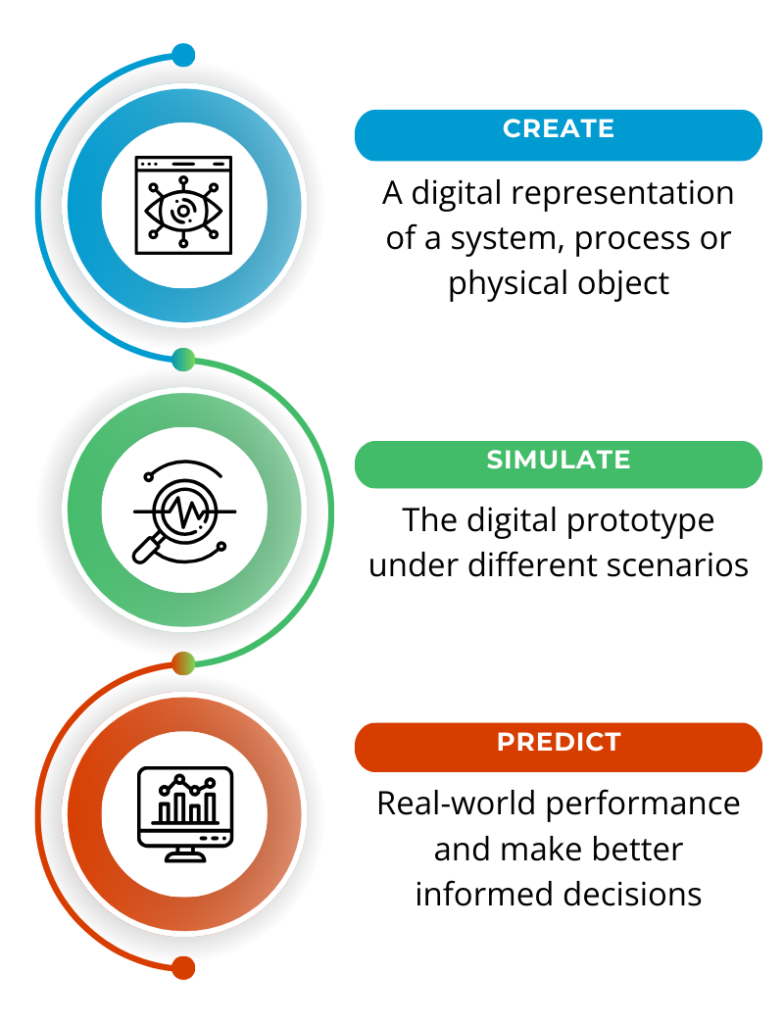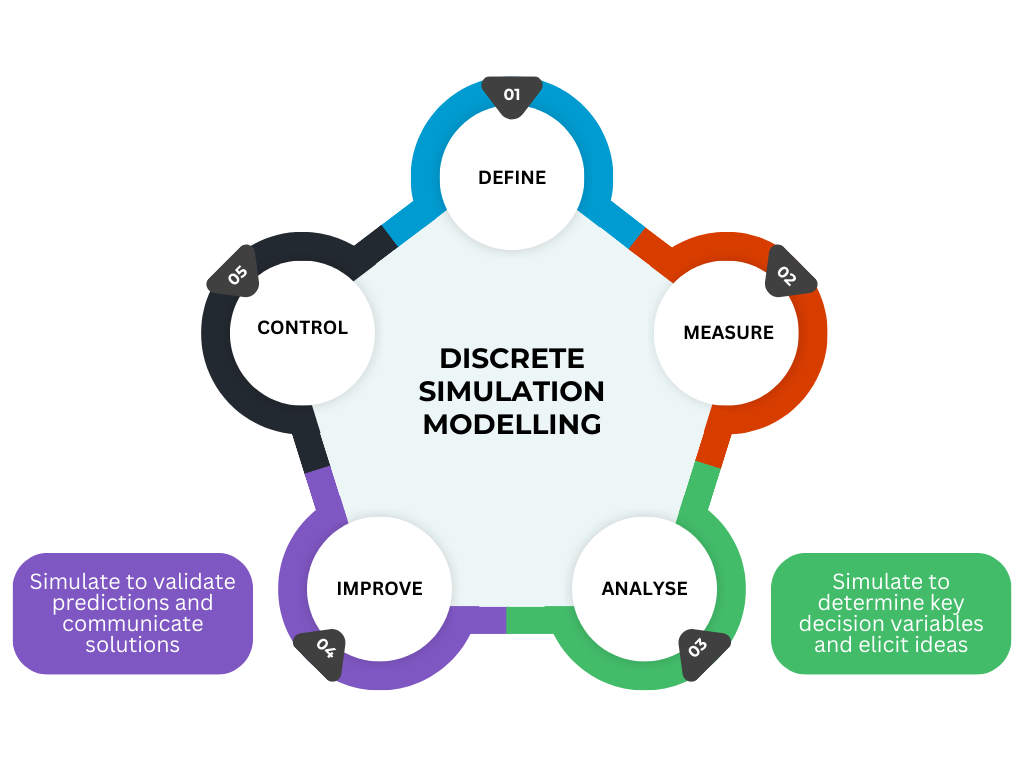Imagine you are overseeing the planning and production of a fleet of high-value assets, such as the next-generation class of frigate for the Royal Navy.
Your programme has a budget, likely in the billions of pounds. You either have resources – people, infrastructure, a supply chain – or you need to create them. You must deliver each asset to time and cost for a user who is facing strategic and operational pressure to sharpen and maintain their decisive war-fighting edge.

Roger Walton, Modelling Capability Lead
It’s no secret that large, long-running programmes delivering complex platforms into an equally complex domain, carry risk and elevated levels of uncertainty. Programmes regularly overrun in scope, schedule, and cost. The impact of this will be felt throughout the platform’s life, be it platform availability (or lack thereof), complications in maintainability, and the ability of the platform to meet mission requirements.
Traditional modelling approaches that produce a single forecast number don’t allow you to properly understand your risk profile. Manually preparing and comparing different forecasts can also be time-consuming and difficult.
So, how can you proactively and repeatedly assess this risk, better understand the uncertainties and variables that frame these programmes, and find the best maintenance policy for the fleet to achieve maximum availability?
Simulation Modelling could be the answer.
Simulation Modelling is a technique that allows you to explore the potential outcomes of a system under different conditions or assumptions. It involves creating a digital representation of a system, process, or physical object (e.g. an asset maintenance or design process, or an aircraft repair facility) and using software to run simulations that evaluate how the system might behave in different scenarios. Common types of simulation models include Continuous Simulation, Discrete Event Simulation, and Agent-based Simulation.
Simulation Modelling is widely used and applied across many industries, allowing organisations to gain a deeper understanding of their systems and make better informed decisions. It allows organisations and decision-makers to experiment with complex and uncertain challenges of the real world in a risk-free virtual environment.

Without a simulation, the inputs to a model are entered on a best-guess estimate, performing a simple type of what-if analysis. However, by running a simulation using a range of assumptions for the inputs known to affect the system, the model can be recalculated hundreds of times using random variables created from the inputs. The result? Multiple forecast scenarios allow you to see how the system or process behaves under different conditions.
Simulation Modelling can help you figure out the amount of financial uncertainty and risk in your programme. At Techmodal, we have led the cost modelling on some of MOD’s most complex programmes in the space of financial and risk modelling. One of the ways we approach this is by applying probability distributions with best, worst, and most likely cases to each line of cost in the model with the likelihood of that cost happening. Similar uncertainty and risk techniques can also be applied to activity start dates in the programme schedule to understand the impact of unforeseen delays.
We then apply Monte Carlo simulation to generate a range of outcomes and their likelihoods for both schedule and cost. This provides you with more confidence in the programme and helps you make more informed decisions. These decisions can range from predicting the probability of the budget being breached to finding potential risks and shifts in timelines.
In large and complex programmes, it is useful to break the problem down into smaller subsets and apply the right simulation modelling technique in each context. In complex situations, for example, modelling asset maintenance and repair cycles, the use of Discrete Event Simulation can help.

Discrete Event Simulation is a versatile technique applicable to various situations where events happen at distinct points in time and entities move through a system. Instead of continuously recording the constant state of entities in the model, it only snapshots the state when a new event happens. Examples of events include the occurrence of a breakdown on a ship, scheduled maintenance tasks, the arrival of a technician, and the completion of repairs. When entities move through the system or model they can interact with resources (e.g. maintenance personnel, equipment, spare parts, and tools). Queues may also occur (ships in need of repair or waiting for maintenance tasks to be scheduled).
Combining Discrete Event Simulation with Monte Carlo simulation techniques enhances the modelling capabilities by considering both the discrete, event-driven nature of the system and the continuous, probabilistic aspects of uncertainty. This combination supplies a more realistic representation of complex systems and supports better decision-making in the face of variability and randomness.
Techmodal has supported the Ministry of Defence (MOD) with cost and availability modelling services for over ten years, using simulation techniques to provide cost analysis and assurance on some of the MOD’s most complex equipment procurement and support programmes.
Techmodal has also used simulation modelling techniques to develop a code-based Discrete Event Simulation capability for a fleet of ships which powered a cost model over ten years. Inputs to the model included a full breakdown of maintenance task requirements by onboard equipment, known Mean Time Between Failure data for that equipment and a cost breakdown structure based on a daily ship “state.” It also included an Operational Defect generator to simulate the occurrence of systems failure while in operation. Once the input data was shaped and the costs determined, the model was run multiple times with different scenario definitions and the results were displayed in a comprehensive Business Intelligence dashboard.
The outcome was the ability to quantify the benefit of changing how maintenance is delivered with a potential saving of £100M’s over the life of the fleet, and the ability to highlight the associated risks of the change in approach.
Utilising Simulation Modelling allows the exploration of potential outcomes of a system under different conditions and the generation of multiple forecast scenarios. It can help you to find the most likely outcomes, as well as the risks and uncertainties associated with a particular forecast.
For financial planning, Simulation Modelling can help prevent spending money in the wrong areas and enables assessment of realistic cost implications from any decision, and the associated risk of that not occurring.
Applying Simulation Modelling enables the budget to be set while considering areas of risk and potential variance due to real-world uncertainties. This helps businesses assess a suitable contingency fund and understand areas where limited knowledge has a significant performance (or financial) impact on the expected outcome.
Where there is pressure to achieve optimum cost and maximum availability of a complex asset, Simulation Modelling provides the capability to understand, analyse, and optimise the performance of the system without implementing changes in the real world.


